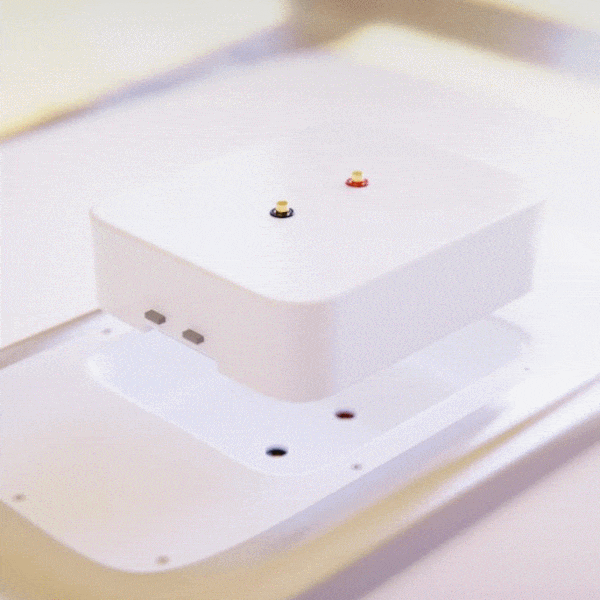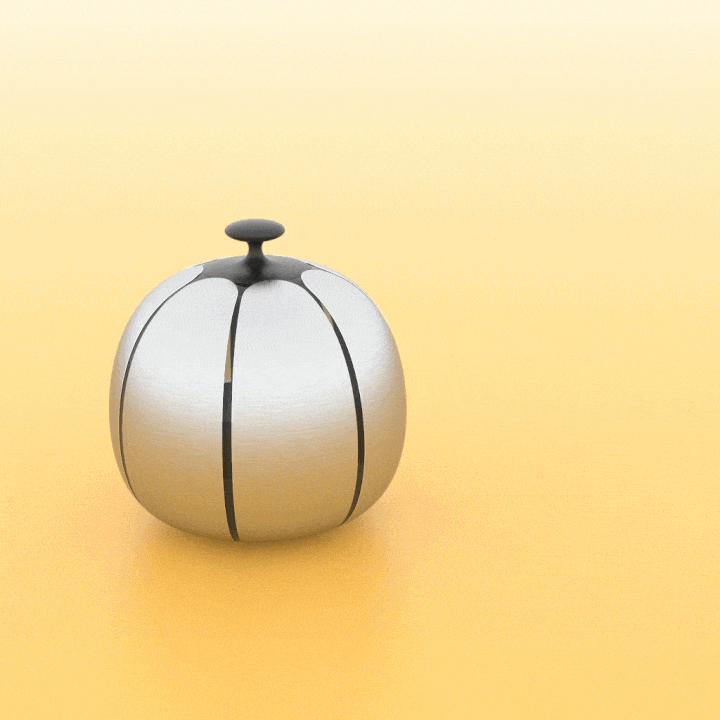
Hotbite
Self-heated lunchbox
Master Thesis
"Hotbite" is a line of lunch boxes that heats its contents to help you avoid the long microwave queues at workplaces and personalize hygiene by negating the usage of dirty microwaves.
With models designed for regular and soup meals, it meets the nutritional goals of its users with homemade meals and a sustainable approach to takeaways.
Compared to existing solutions, "Hotbite" steps up the game through its innovative shape & modular design
by offering freedom of quality meals.
The Problem
LONG microwave queues
& close proximity
Average lunch-break lasts 20-35 minutes
45% employees dissatisfied with lunch-break duration
40% employees find their lunch unhealthy
40% employees spend 5 - 10 € every-day on lunch
85% Night-shift workers have no ext. meal choices


Target Group
Different budgets & lifestyles


On-road
professionals
On-site
professionals



University
students/staff
Users with
diet restrictions
Office
professionals
Most contaminated surfaces in workspaces are microwave handles, not toilet seats.* Although our immune system would take care of this under usual circumstances, COVID-19 has made utmost hygiene relevant.

Market
Analysis
- Available products are expensive, heavy & bulky
- Designs lack quality & friendliness
QFD analysis helped to make the product's placement in the market more effective.


starting with a box,
- Traditional design
-Invoking familiarity with glass
Problem
High heat-loss i.e. inefficient at heating.


From "Making a box" to "Using a box"
and discovering nuances in food-packaging
I found that the radius of a quick meal's container matched perfectly with the spoon and made scooping its contents effortless.
Hence, it drove me to ideate with a form beyond the boxy profile of lunchboxes and observe how we ate from it.




As the food contents reduce,
we start scooping it from the closest corner.

FINDING the right curvature
by "thinking out of the box"
Ergonomic
Modular
Easy








Backyard R&D


Feasibility of IoT technology was evaluated by,
- Learning Python to program an ESP32 kit (M5stickC)
- Creating a closed-loop system with a temperature sensor
- Linking to an app for remote control
Testing the Peltier module for designing a lunchbox with compartments for cold and warm meals.
It was disregarded due to its energy inefficiency.


CES Edupack to narrow down materials with,
- Low thermal conductivity
- High service temperature (up to 200 °C)
- Recyclable & Safe for food contact
- Ability to use molding & thermoforming
Effective battery choice
(size vs weight)
Power requirements of the self-heating lunch-box were estimated by calculating the energy needed to heat up 850mL water from 5°C to 70°C. i.e. 66.6Wh with a 100W heating element powered for 40min.
Since 70Wh energy is available in 21700 x 4 cells or 18650 x 6 cells, either combination can be used.

Learnings
The recently completed master thesis was in the newly established area of self-heating lunchboxes.
Being a consumer-product design, I approached it from every foreseeable angle.
From evaluating the competition, defining the market position, designing for mass-production, selecting correct polymers/materials to function in a high-temperature environment, developing an easy user-interface, to learning to program in Python for making an IoT based functional prototype, and last but not least, defining a complete experience for the targeted users with an iconic form language.
It was gratifying to be in the process of simultaneously learning and applying.





44.jpg)






